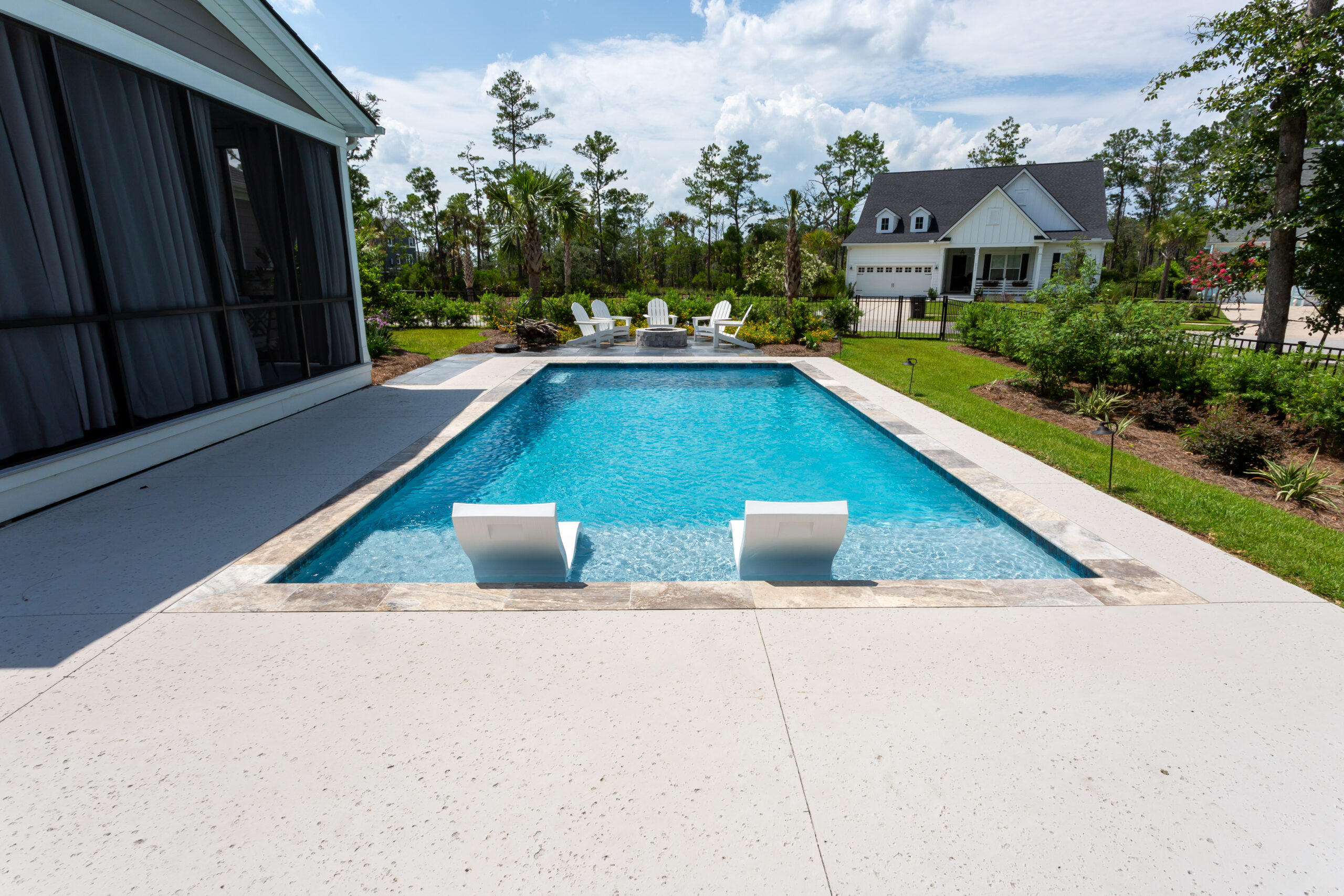Pool Equipment 101 (Pump, Filter, Heater, etc.)
Pool equipment isn’t just for technicians—understanding the basics empowers you to manage your pool with confidence. Here are the major components and what each one does:
Pump
This is the core of your pool system, pulling water through the skimmers and main drains and pushing it through the filter and back into the pool. Variable-speed pumps offer energy savings and flexibility.
Filter
Filters remove dirt, debris, and contaminants. Common types include:
- Sand Filter – Easy to maintain, requires periodic backwashing.
- Cartridge Filter – Efficient and easy to clean; remove and rinse cartridges.
- DE Filter – Offers ultra-fine filtration; requires regular DE powder replacement.
Heater
Gas and electric heaters extend your swim season. Modern models often include digital displays for temperature and error codes. Regular servicing ensures efficiency and longevity.
Salt Chlorine Generator (if applicable)
If your pool uses a salt system, the generator converts salt into chlorine through a process called electrolysis. Cells should be cleaned regularly and monitored for scale buildup.
Valves and Plumbing
Valves direct water flow between pool, spa, and features. Make sure each valve is clearly labeled to avoid confusion when making adjustments.
Automation System
If installed, automation lets you control functions like pumps, lighting, and heating from your smartphone or tablet. Set schedules and monitor performance easily from an app.
Skimmer & Main Drain
Skimmers capture surface debris while the main drain helps with deep-water circulation. Clean your skimmer basket weekly.

Pro Tip
Check your pressure gauge weekly. If the reading is 8–10 psi higher than normal, it’s time to clean or backwash your filter.
FAQ
How often should I clean the filter?
It depends on the type, but generally every 4–6 weeks for cartridge, and as needed (based on pressure) for sand or DE filters.
What does a salt cell do?
It converts salt into chlorine, maintaining sanitation levels with less effort and fewer harsh chemicals.
My heater won’t turn on—what should I check first?
Ensure the pump is running, water is flowing, and the thermostat is set above the current water temperature.